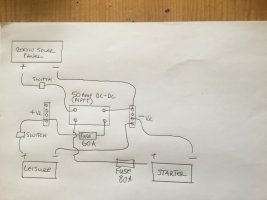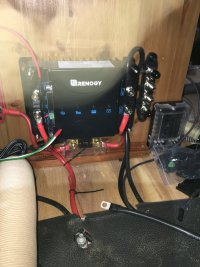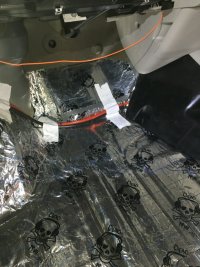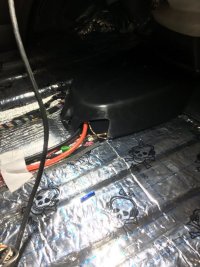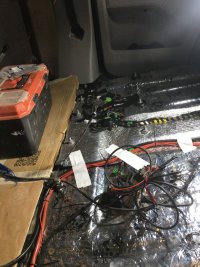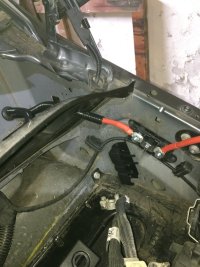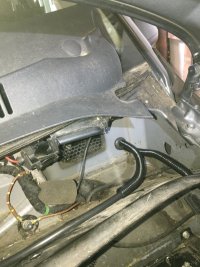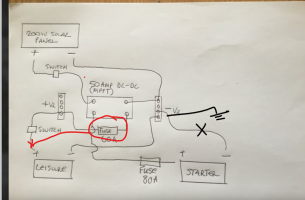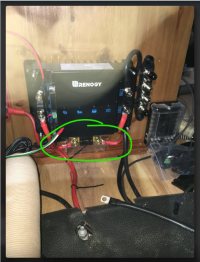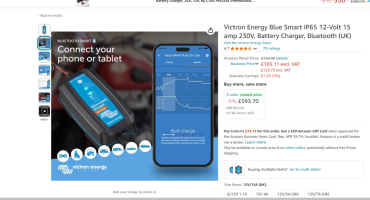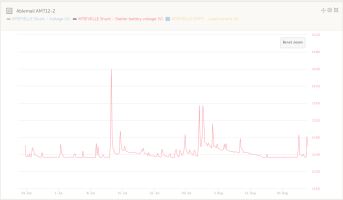um. . . well the book says to mot use the EXTERNAL temp sensor for Lithium battery setup,
so the TEMP i see from the APP was 25c default with No temp sensor connected - and a second MPPT internal unit temp that always works.
...
will report here when renogy get back to me.
....
To Be Fair - Low temp charge protection should be a feature of the lithium battery BMS and down to the charger.
Some of the Renogy Bats have LTP.
the Cheap Budget Lifepo4s donr have it.
.
so the TEMP i see from the APP was 25c default with No temp sensor connected - and a second MPPT internal unit temp that always works.
...
will report here when renogy get back to me.
....
To Be Fair - Low temp charge protection should be a feature of the lithium battery BMS and down to the charger.
Some of the Renogy Bats have LTP.
the Cheap Budget Lifepo4s donr have it.
.
Last edited:

